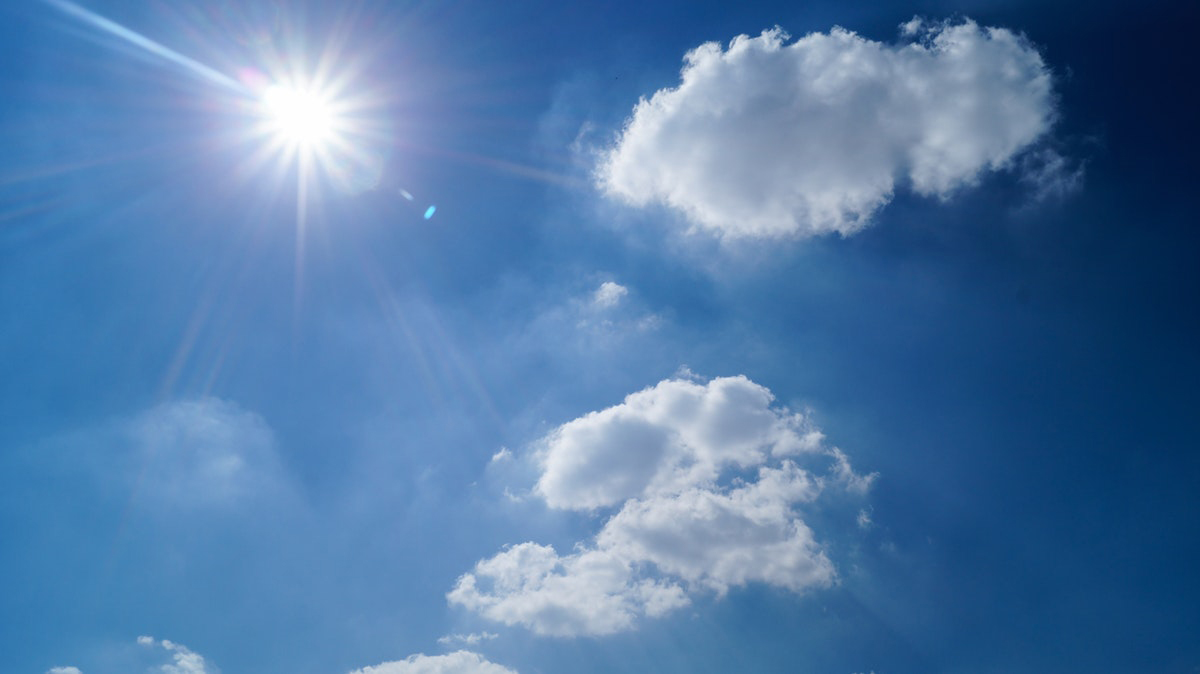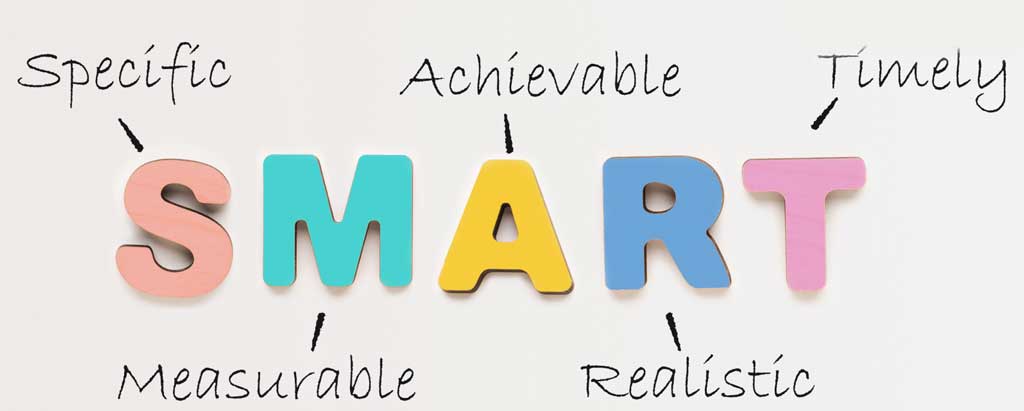Often referred to as the “sunshine vitamin,” vitamin D is an essential nutrient that can make a big difference in the health of your heart, bones, skin, hair, immunity and even your mood. And as the daylight hours start to wane heading into winter, it is more important than ever to ensure you are getting enough vitamin D.
“Vitamin D is actually a fat-soluble hormone that the body can synthesize naturally,” explained Dr. Sailaja Reddy, an internal medicine doctor at Steward Health Care. “It can be found in small amounts in some foods and it can be obtained through exposure to sunlight. But maintaining adequate levels of vitamin D from outdoor sun exposure can be difficult in the fall and winter, especially in New England where ultraviolet rays are filtered at that time of year.”
Demystifying D
Reddy answers some common questions about vitamin D:
How much sunlight do I need for adequate vitamin D absorption?
The length of daily exposure required to obtain vitamin D varies with the skin type, latitude, season and time of day. It varies from person to person. In general, 10 to 15 minutes of sun exposure daily on the face, arms, hands, or back – without sunscreen and with a UV index of greater than three – is required for adequate amounts of vitamin D3. For people with darker skin, this time should be doubled.
How do I balance sun safety with the need for vitamin D?
This balance can be achieved by limiting unprotected sun exposure only to the guidelines above and by developing internal sun protection by consuming foods rich in betacarotene, lutein, astaxanthin and zeaxanthin, such as colorful veggies, fruits and green leafy vegetables.
How do I know whether I am vitamin D deficient?
Ask your doctor to check your blood for vitamin D yearly. The best test for this is 25 hydroxy cholecalciferol. If you are deficient you need to get this checked more often.
Vitamin D deficiency is defined as less than 15 ng/ml; vitamin D insufficiency are levels between 15 and 30 ng/ml; levels between 30-60ng/ml are considered good and levels greater than 80ng/ml are considered hypervitaminosis (too much vitamin D).
As the production of vitamin D in the skin decreases with age, vitamin D supplements are essential for most elderly people. Look for ones that provide vitamin D3 (cholecalciferol), the form better used by the body than the more common vitamin D2 (ergocalciferol).
Can I get too much vitamin D?
If you are getting this naturally from sun you are not at risk of getting too much vitamin D because the extra vitamin supply is degraded as fast as it is generated. Taking mega dose supplements (50,000 units weekly or twice weekly), however, can put you at risk of getting too much vitamin D. If you take these, you should be monitored with blood tests after three months of starting mega dose supplements.
For most people, I recommend taking a supplement with 2,000 to 4,000 units of vitamin D3 daily, increasing or decreasing the dose depending on your blood test result. I recommend mega dose supplements only if your vitamin D level is less than 20 ng/ml.
What are the food sources for vitamin D?
Not that many foods contain vitamin D. Some fish, such as salmon, tuna and mackerel, as well as fish liver oils are considered to be the best sources. Some vitamin D is also present in beef liver, cheese and egg yolks. Most of these are vitamin D3. Some mushrooms provide variable amounts of vitamin D2. Milk, in the United States, is fortified with 100 IU/cup of vitamin D.




